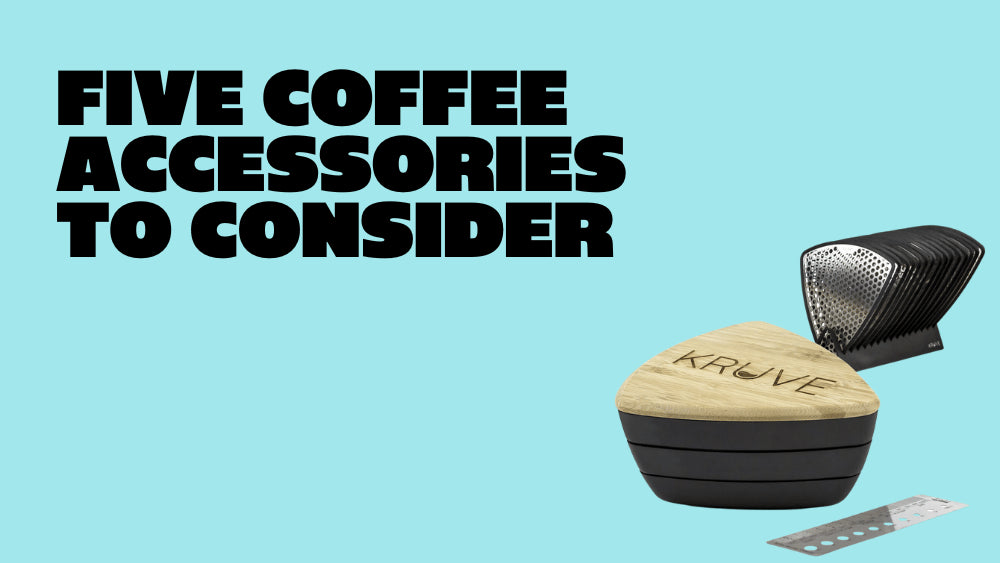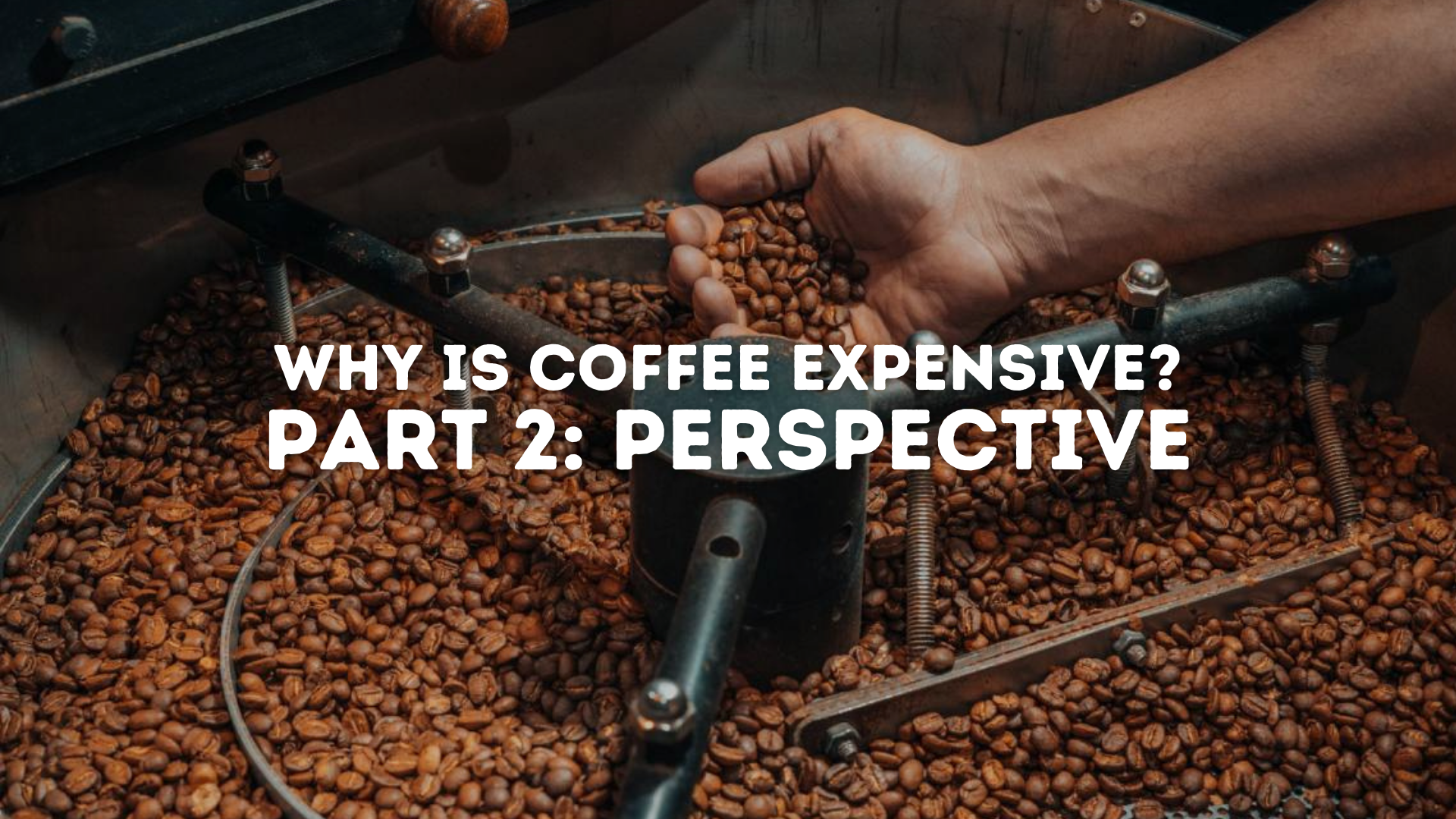Puck prep is all over the internet these days, with just about every home batista having a tool kit of various gadgets that claim to revolutionise the coffee game.
What the videos tend to have in common is that no matter how much fiddling and fussing over the perfectly distributed coffee grinds, the extraction is still relatively rubbish.
There is merit to what they are attempting.
Puck preparation is a new train of thought chasing perfectly distributed grinds inside of your basket. What this means is when water and pressure is added to your portafilter, the water is dispersed as evenly as possible and the resistance against the added water and pressure is balanced and consistent.
So which gadget, if any, will give your coffee that extra boost of flavor, and which will just leave your wallet slightly lighter?
The Chisel

The chisel is a distribution tool that slips over your portafilter and slightly compresses your coffee grind. You can adjust the depth of the actual chisel, however therein lies the problem.
By skimming off the top of the grinds, you are left with a satisfyingly flat grind level, ready for tamping. Great for video, not so great for coffee. The issue here is that even though you have evenly dispersed the coffee grinds on the top of the basket, there is all of the leftover coffee underneath this that can still have imperfections. You can still be left with clumped grinds, pockets of air for water to channel through, or even over-packed sections that will not extract at all.

Looking at the shot above, you can see the uneven extraction even after going through a few tries of the chisel. You can see the first half of the shot extracting too much over on the left hand side, and by the time the shot has ended you can see the same spot no longer extracting anything.
The Kruve

This is a tool usually saved for filter brewing. The theory is that ‘fines’ or ultra fine grinds found in a regular dose can slip through your basket/paper and ‘muddy’ up your brew. Grinders can be incredibly inconsistent with their grind sizes, ranging from 250 microns to 350 microns. The kruve is a set of screens that filter out the particular grinds. You can set multiple screens inside as you shake the grinds into their respective grind size. We have done this into two groups. One set of pure fines at 250 microns, and the other set at 350 microns.

The fines were incredibly soft, textually like flour, whereas the more coarse grinds were more of a gritty sand. Above you can see the two shots running side by side, with the fines not allowing any water to pass through at all. After running the same shot twice we were only able to get roughly 15ml of pure bitterness. To the left you can see the coarser set of grinds absolutely gushing through, having little to zero resistance against the water and pressure.
Overall you can conclude that for espresso you need a balance of finer and coarse grinds inside of your basket to create a balanced extraction. By having a mixture you are giving the coffee more of a chance to extract the different flavours of a more complex shot. The Kruve is definitely more suited to a filter setting.
Coffee Tumbler

The coffee tumbler is a device that catches the grinds before it goes into your basket, and can be found included in expensive grinders like the WEBER KEY. This contraption aims to evenly distribute the grinds as they go into your basket. You pull and wiggle the little pin that slowly opens the funnel, allowing the grounds to fall.

As you can see from above, it worked pretty well. There were some ridges left before tamping that had to be flattened by a finger; however, the coffee grinds evenly fell and de-clumped and resulted in a great extraction.
Coffee Whisk

The coffee whisk is everywhere online, and for good reason. You can get a coffee whisk that has been machine engineered with carbon fibre bristles, or you can get ones that are just paper clips stuck to a wine cork. The principle remains the same. As you whisk the coffee grounds you are getting rid of all the clumps and empty spaces caused by an inconsistent grinder, you are slowly distributing the entire basket of coffee grinds evenly as well giving you a super satisfying visual experience as you whisk (we all know we eat with our eyes as well as our mouths).

We have a simple 3D printed design, as well as a magnetic coffee catcher in the same pack. As you can see above the extraction is incredibly even and the flow is just stunning. The effort put in compared to the increase of flavour is exactly what you want out of what is the perfect example of a WDT (Weiss Distribution Technique).
This little experiment showcases the individual effects on each of the tools' performances. I’m sure you could pair a few of these to create the ultimate espresso shot and if you do let us know in the comments below!
Chasing down flavours is crucial when perfecting your coffee shot and if you can get a 20% rise in flavours why not opt for it. The issue lies on whether or not your investment outways the rise.
By keeping this in mind, you can quickly choose a $20 3D printed coffee whisk and catcher over the $220 machine engineered chisel. Unfortunately for us, we are suckers for anything coffee so we just purchase them all in search of the perfect shot.
Written By Liam Burge



